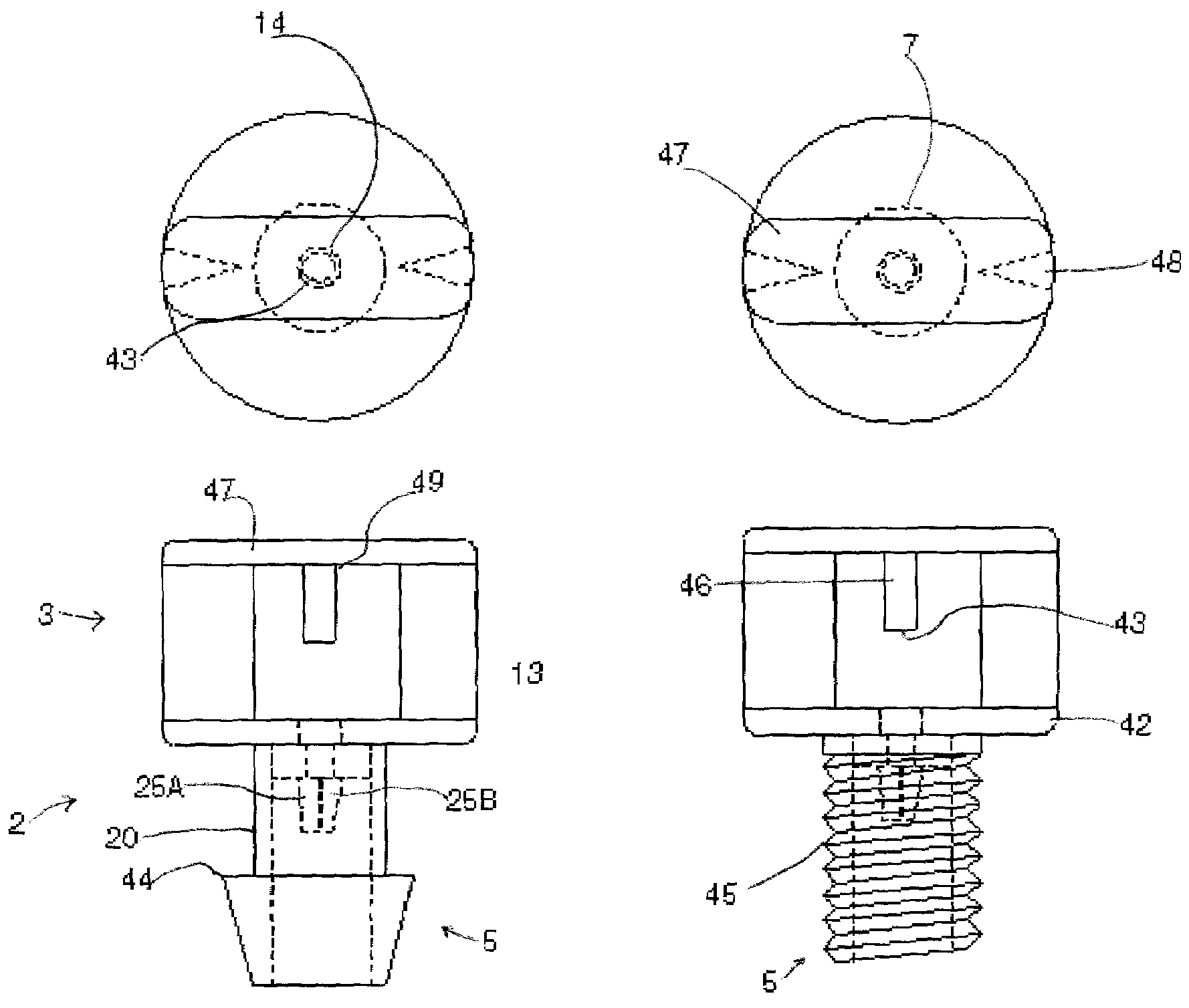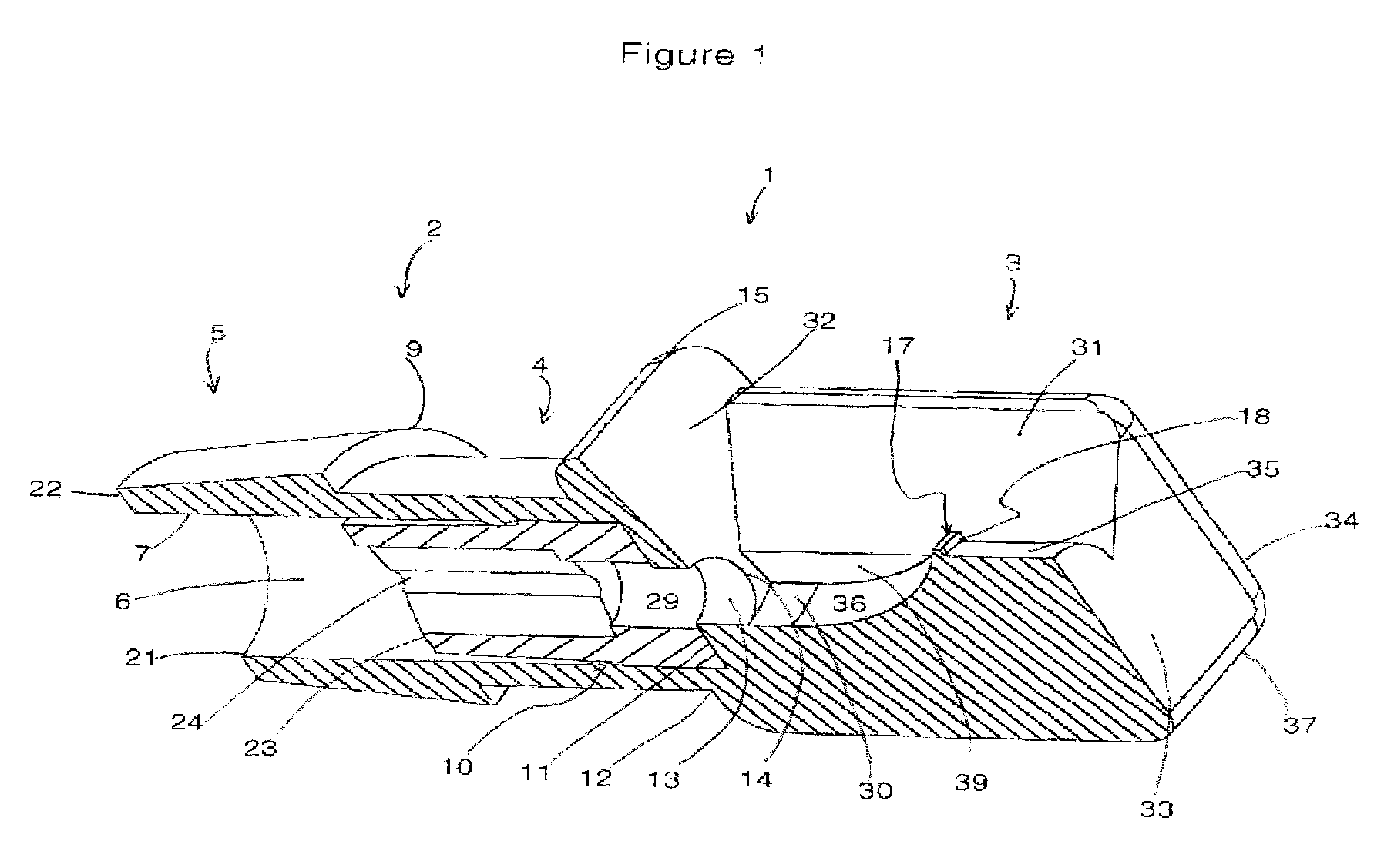Conventional watering systems, such as hose end devices and conventional
lawn sprinklers and bubblers, can deliver more than 125 gallons per hour, causing much waste not only of the actual resource of the water but alters the geology,
topography and composition of the soils.
Excess water usually runs away from the planting area causing
erosion, which carries off the valuable top soil and causes damage to the plants as their roots can become exposed and dry out.
Runoff water can also carry with it fertilizers and
soil nutrients, which can pollute other areas and rob the
plant of its food source.
Excess watering also causes the leeching of dissolved salts and minerals from the ground and concentrates them where the runoff is collected, often killing whatever
vegetation is present due to the high concentrations of salt and
heavy metals.
Hillside applications, especially in the grape growing and citrus growing regions where good land is very valuable and is often not flat, present problems.
Point source devices will deliver water only to a specific point limiting coverage and creating runoff as gravity pulls the water away from the plant and may not be able to deliver a sufficient amount of water, and sprinklers will deliver too much water and will cause the
erosion effects described supra.
Windy conditions also affect micro
irrigation when sprinklers and sprayers are used.
Due to the size of the droplet produced, which is much smaller than a conventional sprinkler due to the decreased volume of water, wind will blow the spray away from the intended watering area.
Point source devices are not susceptible to this wind, but may not be able to deliver a sufficient amount of water and will not be able to do so over a
wetted area.
Unfortunately, for this device to function in the range of ½ gallon per hour, the tolerance of manufacturing variables in the many pieces present would be impractical for
high volume manufacturing.
Also this device would not be able to able to internally cleanse itself as there are many internal corners and narrow passageways where
dirt and dissolved solids would accumulate and cause failure.
Also due to the friction created by the many turns the water must go through, there is a substantial pressure drop.
These devices however reduce the amount of flow while also reducing the pressure through friction as well, so that the resulting flow is delivered at a de minims amount of pressure.
Due to this low pressure and the small openings of the labyrinth, these devices are often prone to clogging through particle and mineral deposits.
These devices function well at higher flow volumes but are limited to those flows approximately 6 gallons per hour and above as the size of the hole necessary to create a lower flow causes problems in the manufacturability and functionality of the flow control as well as presenting issues with cleaning and clogging.
In this application, which relies on a
high velocity stream of fluid, a flow control disk of correct cross-sectional orifice size would not allow for enough velocity.
By decreasing the size of the orifice, the amount of water is decreased as water is not capable of decreasing in volume as pressure is increased.
This also causes a pressure differential between the two sides of the orifice.
The restriction of
nozzle size is applicable to high flow devices such as
lawn sprinklers which are delivering 60-90 gallons per hour or more, but the size of the orifice required to create flows necessary for
low volume irrigation is very small.
An orifice this small will easily be obstructed by the dissolved solids and impurities present in the water, as
filtration would generally not be able to remove such
small particles.
Also after the water is turned off,
calcium and other hard minerals are left on the surface of the orifice through
evaporation, clogging the
nozzle prior to the next operation.
Unfortunately, for these devices to be able to eject large volumes of water, there orifice size must be larger and that invites insects to enter and block the passages.
Also due to the need to develop the casing, these products are difficult to manufacture and expensive.
This device as designed will not function completely at low flow rates, and due to the narrow size of the passages required for low flow rate, this device is prone to failure with the accumulation of dissolved solids in the water and requires a complex disassembly to clean the device.
This self-cleaning action is desirable as
filtration in large field applications are not capable of
trapping such small
sediment that would otherwise clog static devices.
It would be advantageous to have very low volumes of water to be sprayed over a small
wetted area, and the current devices are not capable of performing such a need.
The prior art either decreases the flow rate by also decreasing the pressure or does not decrease the flow rate low enough with sufficient pressures.
 Login to View More
Login to View More  Login to View More
Login to View More 


